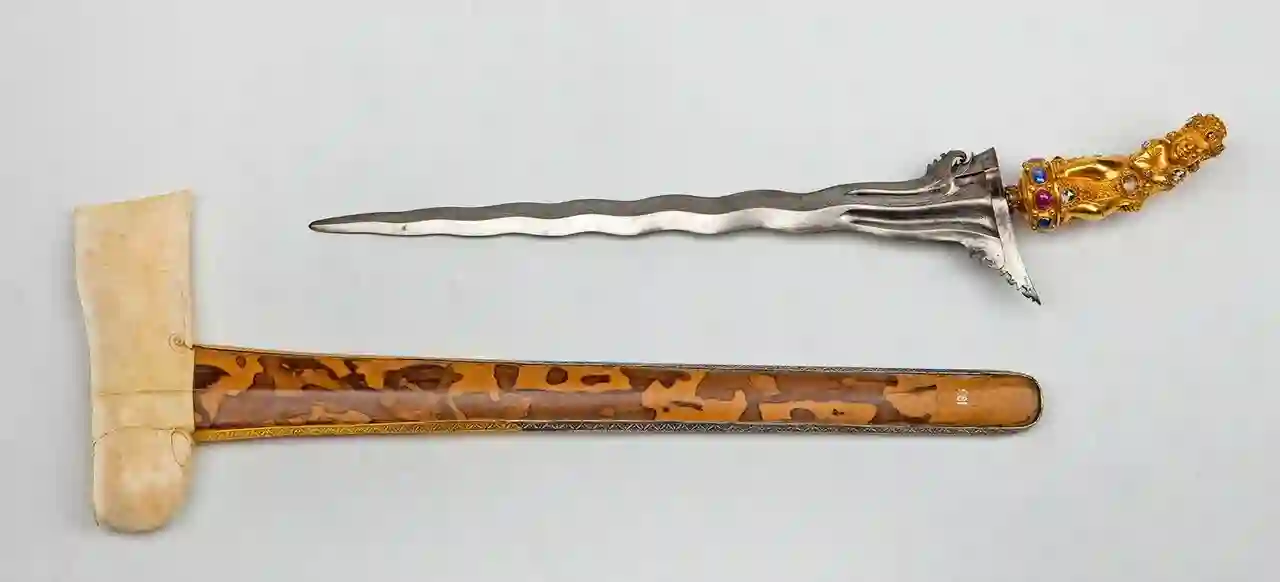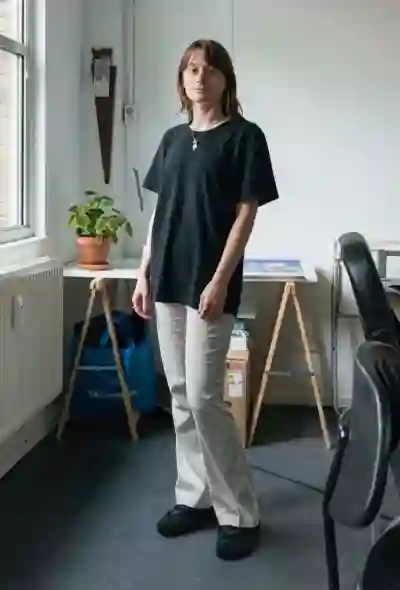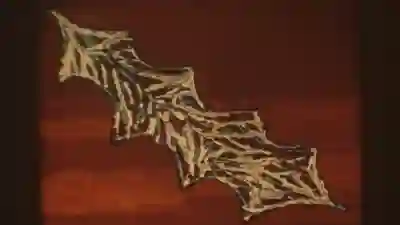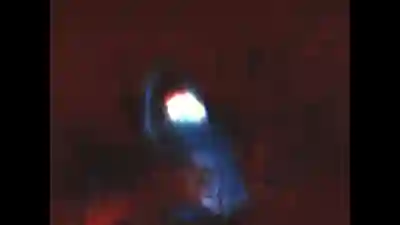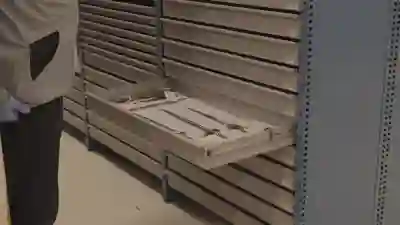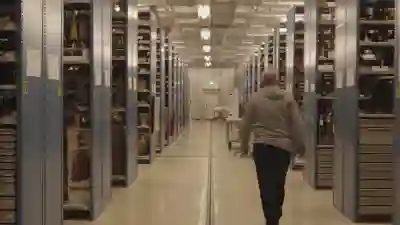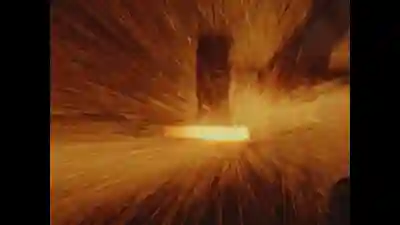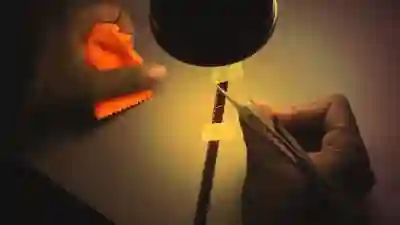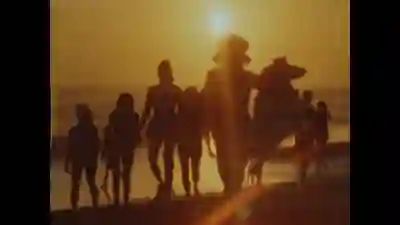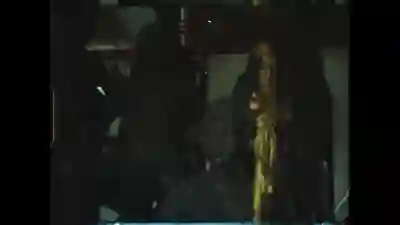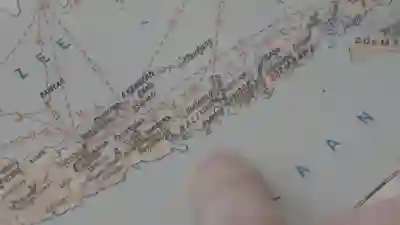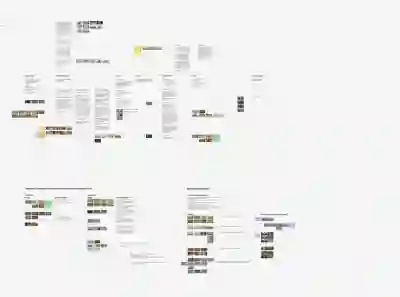Keris Klungkung
This project follows the forgotten story of the Klungkung keris back to it's origins and to its post-colonial relevance to Bali today, tracing the looting of the keris to modern day tourism in Bali. The film juxtaaposes the 'knowledge' of colonial archives against community-based knowledge and mythology, convoluting the understanding of what is preserved, what is dead and what is lost.
The artefact
The Keris Klungkung was looted from the Klungkung Regency in Bali by the Royal Netherlands East Indies Army in April 1908. This was after a puputan, which loosely translates to ‘finishing’ or ‘the end’ in Balinese. The Balinese led a resistance to an attempted Dutch monopolisation of the Opium trade on the island. The resistance ended up in the Klunkung palace with a puputan. Reports differ, and it’s hard to know how the hundreds of Balinese died. Many of course were slaughtered by Dutch bullets, but in other reports many took their own lives with their keris, rather than surrender to Dutch troops.
The journey of the Keris Klungkung is well documented from a Western museological stance. It is known where it was looted from, when, under what circumstances and to whom it likely belonged. It is known where it remained after; in the Netherlands, at one institute. However, the provenance report lays bare how little further interpretation provenance can provide.
After the 1908 puputan, the Dutch had full control of Bali and were promoting tourism in Bali. This was partially to compensate for the bloody massacres that took place, and they did this under the policy of ‘baliseering’. They aimed to keep Bali as a living history museum, but in doing this, they infact deeply engrained capitalism into Balinese society through ‘rationalisation’ and a focus on profit making. What we see today in Bali is an island that is so reliant on tourism, and a myth that was perpetuated by the colonisers of Balinese being ahistorical and apolitical, that many are afraid to speak out about conflict due to repercussions on their livelihoods.
The making of Keris nearly died out in the Klungkung regency where is Keris is from as the Dutch banned the making of them as weapons. In Bali, the events of 1908 where the Keris was looted are well known. The puputan is marked each year with a ceremony in Bali.
The artists
Kifu Taufiqurrahman
Taufiqurrahman Kifu (Indonesia, 1994) uses art as a space for experimentation and the articulation of his ideas. He is flexible in his choice of artistic media, processing the specificity of each medium as a construction and a potential language. In 2021, he initiated MUTUALS, a group focused on the study and methods of art-making within today's media culture, grounded in their local context. He has curated several art exhibitions and is a program curator for the Arkipel: Jakarta International Documentary & Experimental Film Festival 2025. He currently also serves as Artistic Director of the Festival Film Tengah in Palu, Central Sulawesi, Indonesia.
Hattie Wade
Hattie Wade (UK, 1993) is a research-based artist. Her practice stems from an interest in the dissemination of information, and a desire to counteract harmful dominant social and institutional narratives. She is interested in how past institutional violences are reproduced through legal and legislative frameworks, heritage protection, the subtle permeation of these narratives through society. She critically researches, dismantles, and rebuilds to make tangible that which is not, taking the form of digital, video and spatial work.
The film
The film was shot using two mediums: digital and Super 8mm celluloid. The filming process took place in two locations: Bali, Indonesia, and the Netherlands. In Bali, the footage focuses on tracing the origins of the Klungkung keris, linking it to the context of contemporary Balinese tourism. This is realised through interviews with a number of sources, including cultural observers, keris makers (empu), and artists. Meanwhile, the segment shot in the Netherlands centers on the search for physical archives where these artefacts are 'preserved.'
This film does not focus on the physical presence of the artefact, but rather on its origins and its blurry traces in its place of origin, Klungkung, Bali. Our research came quite early and smoothly in the process, which led us to seeing the puputan and kris were inextricably linked with the tourism industry in Bali. However, the additional narrative thread of the film emerged after Kifu visited Bali and spoke with an Empu Keris. He told us that the Keris’s blade is inspired by the shape and philosophy of Jeruju leaves. Part of the film is making this known and 'entering it into the archive' on this website, as it was hard to find literature on, which further emphasises the importance of memory and tradition as 'knowledge'. It became easy to visually show this comparison with western archives, as we managed to find a dead specimin in the Netherlands. This in turn became a symbol/metaphor for the kris too. It too was dead in an archive, as it's spirit had been lost when it was stolen. People may regard western archives as good places to 'preserve' artefacts, but what is it we are actually preserving?
There is much speculation regarding the symbols adorning this keris. In the film, these speculations are overlain with narratives sourced from local knowledge, ecological philosophy, and uncertainity of collective memories. This context is artistically intervened with by scratching and damaging the emulsion layer of the celluloid, removing parts of the chemically processed images, and replacing them with new imagery resulting from this process of loss.
Credits
Concept and development: Taufiqurrahman Kifu and Hattie Wade
Camera: Taufiqurrahman Kifu, Hattie Wade, and Hibatul Hakim
Grading: Taufiqurrahman Kifu
Music composer: Azhar Arrival (catra.catra.catra)
Mixing: Yusuf Radjamuda (Halaman Belakang Films)
